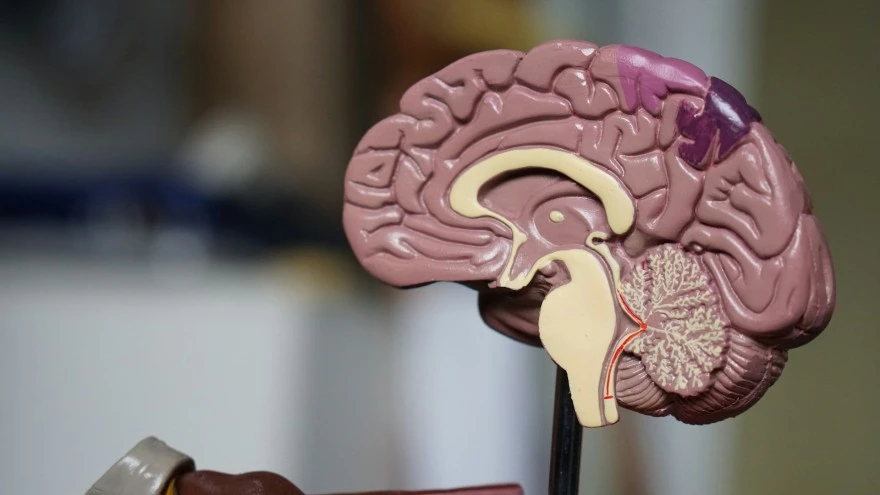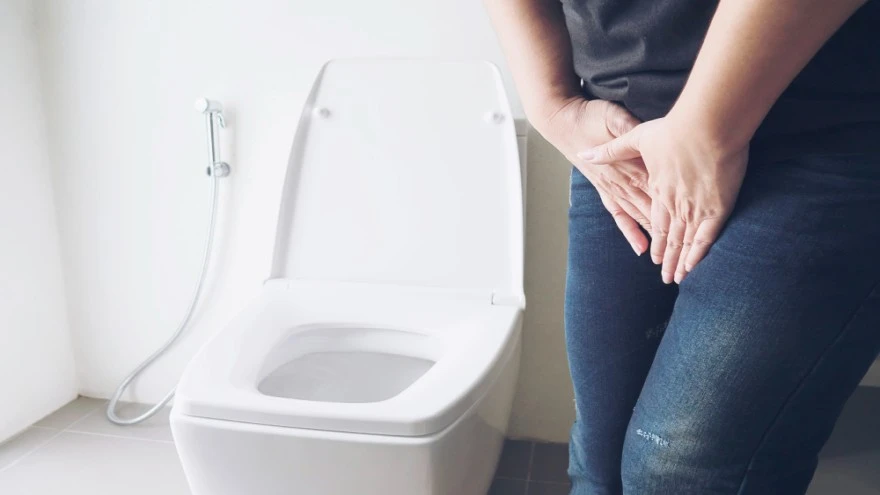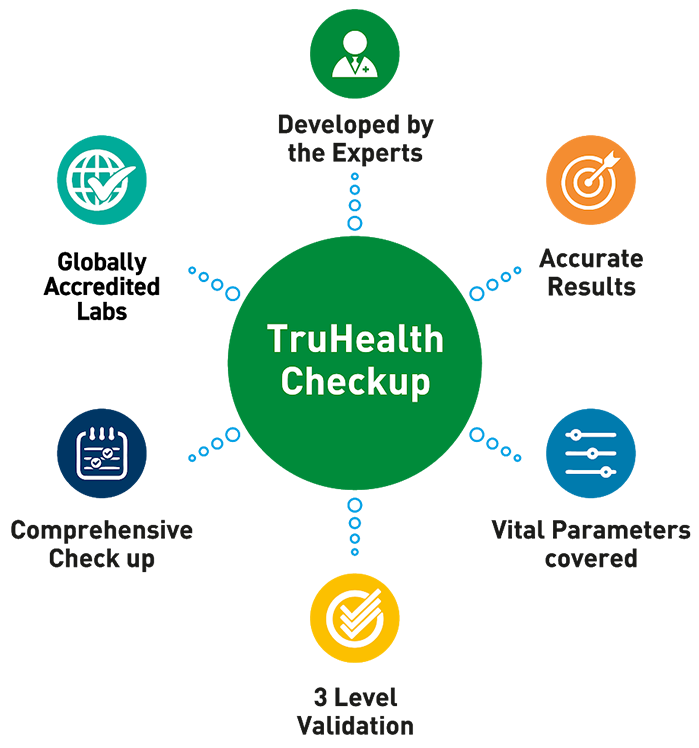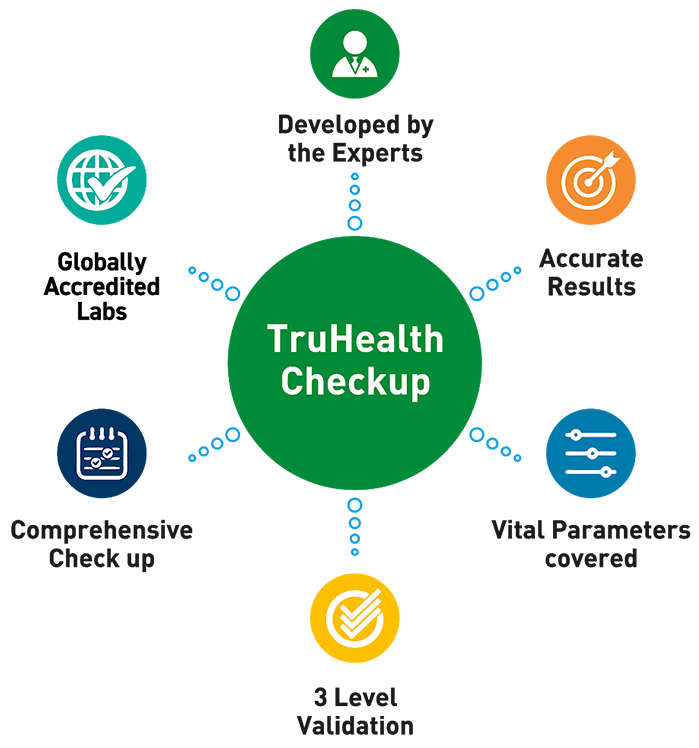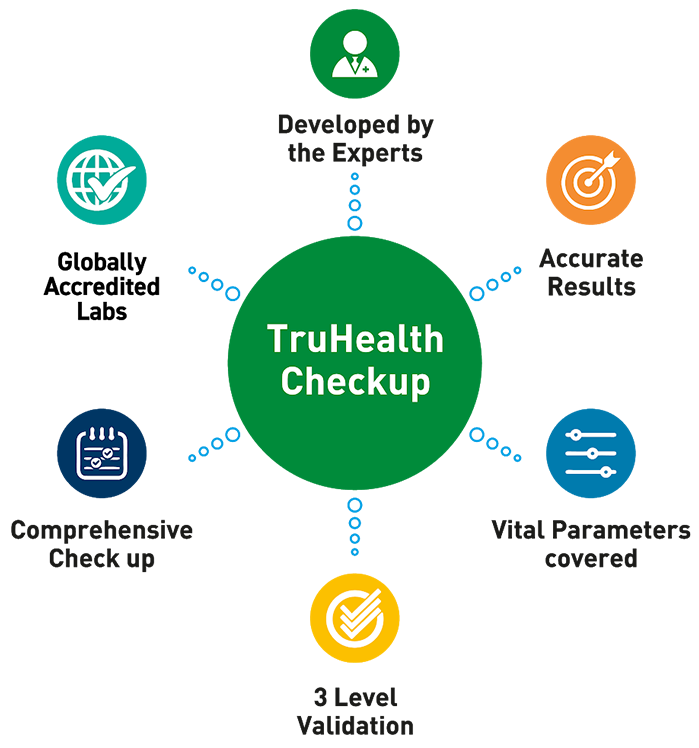Preventive Healthcare
Understanding Umbilical Hernia: Symptoms, Causes, and Treatment

Table of Contents
- What is an umbilical hernia?
- What causes umbilical hernias?
- What are the symptoms of an umbilical hernia?
- What are the risk factors of an umbilical hernia?
- How do doctors diagnose umbilical hernias?
- What are the complications associated with umbilical hernias?
- What are the treatment options for an umbilical hernia?
- What is the outlook for umbilical hernias?
- Conclusion
Umbilical hernias, though often overlooked, can significantly impact one's health and quality of life. These painless protrusions near the belly button, especially in infants, can arise from various factors, including congenital weakness and increased abdominal pressure. While they may seem innocuous, rarely causing any issues, umbilical hernias can turn complicated if the tissues get incarcerated or strangulated. This comprehensive guide delves into the intricacies of umbilical hernias, offering valuable insights to empower individuals in their health journey.
What is an umbilical hernia?
An umbilical hernia is a bulge or lump under the belly button that occurs when part of the intestine pushes through the abdominal wall. It is more common in babies who are born prematurely or with a low birth weight. An umbilical hernia is most common in babies and infants younger than 6 months old, affecting about 20% of them. It is usually painless and rarely causes any problems. However, medical intervention is advised if the umbilical hernia appears in adulthood.
What causes umbilical hernias?
An infant umbilical hernia occurs when the muscles around the belly button do not close completely after the umbilical cord is cut after birth. Tissue from the intestines pushes through this abnormal opening. In adults, the umbilical hernia can occur when the abdominal wall is weak.
Female umbilical hernia is more common than in males. It appears when fatty tissue or part of the bowel pokes through an area near your navel. Umbilical hernia in adults is mostly caused by weakened abdominal walls due to several pregnancies, obesity, and belly surgeries.
What are the symptoms of an umbilical hernia?
An umbilical hernia is a bulge or swelling in your belly button area that occurs when abdominal contents, such as fat or intestine, protrude through the defectively closed umbilical opening.
Umbilical hernia symptoms in babies include:
- A bulge or swelling that may be more noticeable when a baby cries, coughs, or strains
- Swelling that may get smaller or go away when a baby relaxes or rests on its back
Umbilical hernia symptoms in adults include:
- Pain, especially when coughing, sneezing, or lifting heavy objects
- Bloating or constipation
What are the risk factors of an umbilical hernia?
Several factors can increase the risk of developing an umbilical hernia, including:
- Age: Umbilical hernias are most common in infants, especially those born prematurely or with low birth weight.
- Having several pregnancies: In adults, females are more prone to herniation as multiple pregnancies can weaken the abdominal muscles.
- Previous surgery in the abdominal area: Abdominal surgeries in adults can also weaken the abdominal wall, making it easier for hernias to occur.
- Being overweight or obese: Excess weight increases pressure on the abdomen, leading to a higher risk of hernias.
- Build-up of fluid in the abdominal cavity (ascites): Accumulation of fluid in your abdomen can increase intra-abdominal pressure, contributing to the development of hernias.
- Receiving long-term dialysis through the abdomen (peritoneal dialysis): Continuous infusion of dialysis fluid into your abdomen can increase intra-abdominal pressure, potentially leading to hernias.
How do doctors diagnose umbilical hernias?
Doctors diagnose umbilical hernias through a combination of physical examination, medical history review, and sometimes imaging studies. Here is how they typically do umbilical hernia diagnosis:
- Physical Examination: Doctors visually inspect and palpate the abdomen, focusing on the belly button area for a noticeable bulge or lump, a typical sign of an umbilical hernia. They may also ask you to cough or strain to assess hernia prominence.
- Observation: Infant umbilical hernias are often diagnosed through physical examination alone due to their straightforward identification. They typically resolve without intervention by ages 4 to 5.
- Medical History Review: In adults, inquiries about symptoms, pain levels, and potential contributing factors like obesity or pregnancy aid in diagnosis.
- Imaging Studies: If uncertainty persists or complications are suspected, ultrasound or CT scans are used to confirm the hernia's presence and evaluate its size and prognosis.
What are the complications associated with umbilical hernias?
Complications of umbilical hernia may include:
- Incarceration: When abdominal tissue becomes trapped and cannot be pushed back into the abdominal cavity, it causes discomfort or pain; immediate medical attention is needed to prevent further issues.
- Strangulation: In severe cases, compromised blood supply to herniated tissue can lead to strangulation, a medical emergency requiring surgical intervention to prevent tissue damage.
- Gangrene and Infections: Although very rarely, an incarcerated or strangulated hernia can contract infections, risking gangrene. In such cases, immediate medical attention is advised.
What are the treatment options for an umbilical hernia?
Umbilical hernia treatment options include:
- Watchful Waiting: If an infant's umbilical hernia is small and asymptomatic, doctors may opt for a wait-and-watch approach, as many hernias resolve on their own by the age of 4 or 5.
- Lifestyle Modifications: For umbilical hernia in adults with small, reducible hernias and no significant symptoms, lifestyle changes such as weight loss and avoiding heavy lifting may help manage your condition and prevent complications.
- Surgical Repair: Surgery is the primary approach for large or symptomatic umbilical hernias in adults and children. It is also recommended for hernias that do not reduce on their own or pose risks of complications like strangulation or incarceration.
- Minimally Invasive Surgery: You may opt for laparoscopic or robotic-assisted techniques for hernia repair, offering smaller incisions, faster recovery time, and reduced postoperative pain compared to traditional open surgery for umbilical hernia treatment in adults.
What is the outlook for umbilical hernias?
The outlook for umbilical hernias is generally positive, especially in infants and children. Here is a summary:
- Infants and Children: Most infant umbilical hernias close spontaneously by age 2 without treatment. Pediatric hernias usually resolve without intervention, with surgery recommended only if the hernia persists beyond age 4 or 5 or causes complications.
- Adults: Surgical repair is successful for umbilical hernias in adults, with low recurrence rates, especially in healthy individuals. Minimally invasive techniques like laparoscopic or robotic-assisted surgery offer quicker recovery and fewer complications.
- Complications: While rare, complications such as strangulation or incarceration require immediate medical attention. Timely surgical intervention effectively resolves these issues and prevents further issues.
Conclusion
Understanding umbilical hernias is crucial for effective health management. Although they hardly cause any issues, hernias tend to turn painful and complicated if neglected. Therefore, you are always advised to keep a keen eye on umbilical hernia that may start appearing swollen and red and cause pain. In such cases, see your doctor to plan a line of treatment. By staying informed and seeking timely care, individuals can effectively manage umbilical hernias and maintain overall well-being. For accurate diagnosis and comprehensive health check-ups, consider Metropolis Labs, offering convenient at-home sample collection and online report access through the Metropolis TruHealth app.








